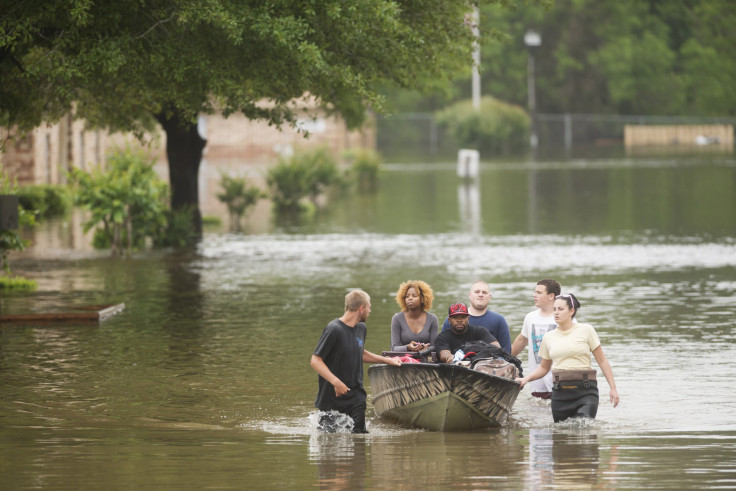Rising Sea Levels Could Trigger Migration To Inland US Cities, Study Finds
KEY POINTS
- Rising sea levels may affect even the cities that are far from the coast
- Researchers used machine learning to predict where the climate migrants will move to
- Inland cities such as Atlanta, Dallas and Las Vegas are popular destinations for migrants
- Cities not prepared to accept migrants may face issues such as higher housing prices and job competition
Numerous people in the United States are already affected by rising sea levels and many more could become climate migrants in the coming years. In a new study, researchers examined the possible migration patterns of the people who will be displaced and found how the rising sea levels could ripple beyond the coastal areas.
Displacement
Several people all over the world are at risk of being displaced due to rising sea levels and, in the United States alone, about 13 million people could be displaced by the year 2100. In fact, it is estimated that six feet of sea-level rise by the end of the century would redraw the coastlines of North Carolina, southern Florida, Virginia, Boston and New Orleans.
Naturally, the climate migrants will have to find new places to live in, which means that even the places that are far from the coast will also be affected by sea-level rise due to the influx of new populations. For instance, residents of the Texas coast who were displaced by Hurricane Harvey in 2017 had to rebuild their lives further inland after the disaster.
According to the researchers of a new study published in PLOS ONE, such migrations could happen at a much larger scale in the future due to the rising sea levels.
Climate Migration
For the study, researchers combined current population projections and rising sea-level projections. Based on the migration patterns of the people affected by Hurricanes Katrina and Rita, the team trained machine learning models to predict where the displaced people would go.
The results showed that the places that will feel the greatest effects of climate migrations would be the inland areas immediately adjacent to the coasts. Land-locked cities, such as Denver, Dallas, Atlanta, Houston and Las Vegas, are also popular choices, as well as rural and suburban areas in the Midwest.
This means that these popular migration destinations will likely experience a sudden influx of large populations of people who were displaced and are in need of new homes. If these places are not prepared to handle new populations, they could be faced with issues such as increased housing prices, job competition, income inequality, and increased pressure on infrastructure networks.
“Sea level rise will affect every county in the US, including inland areas,” corresponding author Bistra Dilkina said. “We hope this research will empower urban planners and local decision-makers to prepare to accept populations displaced by sea-level rise. Our findings indicate that everybody should care about sea-level rise, whether they live on the coast or not. This is a global impact issue.”
By preparing, the influx of climate migrants could be a more positive experience for the residents of the destination cities, the climate migrants, and even for the local economy.

© Copyright IBTimes 2024. All rights reserved.






















